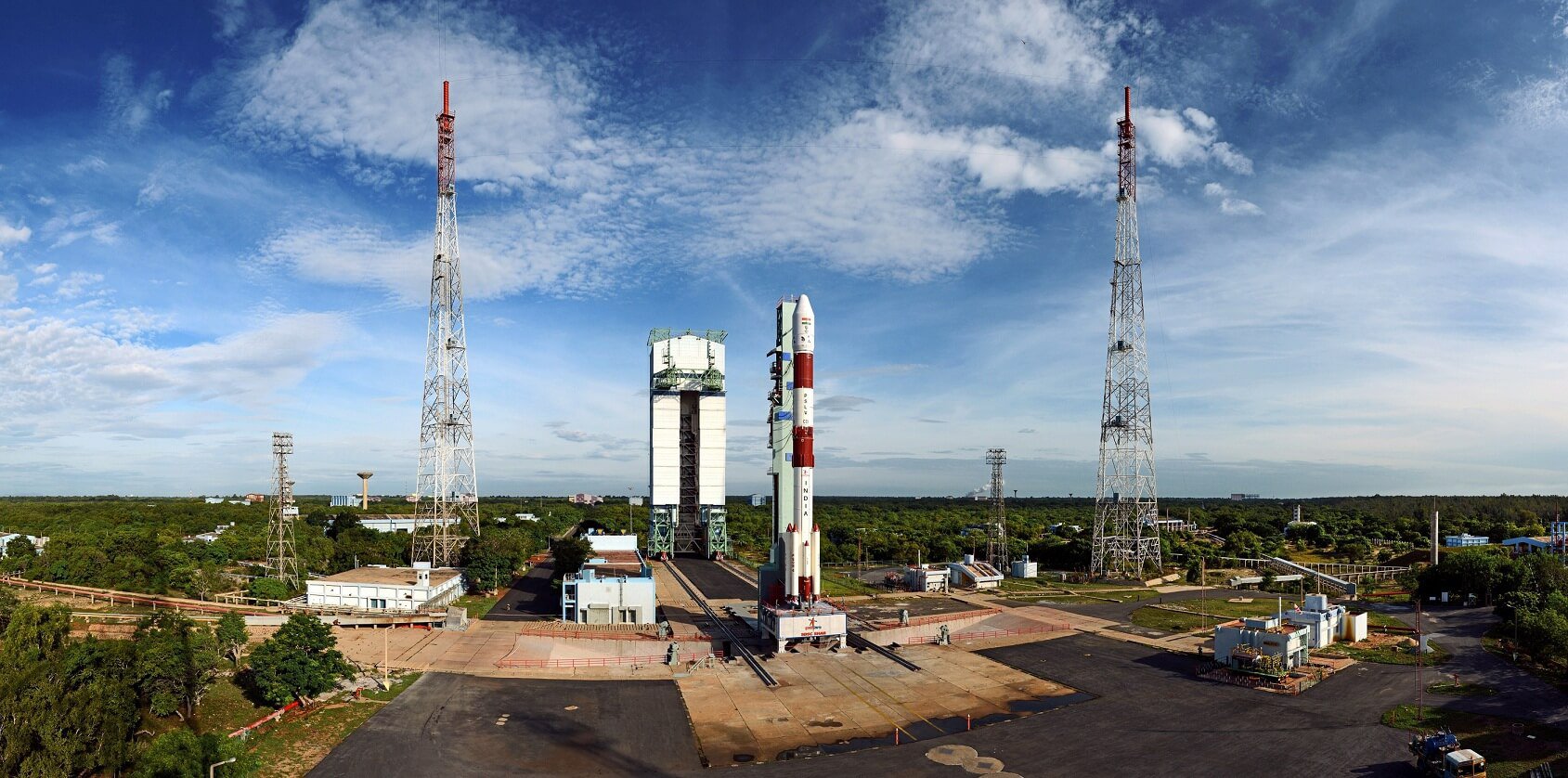What Are Exoplanets And How NASA Detects Life Beyond Our Solar System
Bharti Airtel Set To Acquire Telenor India Within This Year
Google Celebrates NASA’s Discovery Of Seven Earth-Like Planets With An Animated Doodle
Some Home Remedies That Might Sound Bizarre But Actually Work Like A Charm
Akshay Kumar Feels He Has Made Enough Money, Now Wants To Focus On Content & Characters
Delhi ATM Dispenses Fake Rs 2000 Notes From ‘Childrens Bank of India’ With ‘Churan Lable’
Adolf Hitler’s Personal Telephone During World War II Is Up For Auction In The US
From Salman Khan To Rekha, Neil Nitin Mukesh’s Wedding Reception Was Quite A Starry Affair
5 Things To Know About PSLV’s Longest Flight That Carried SCATSAT-1 and 7 Other Satellites
In its longest-ever flight, the PSLV C-35, carrying India's SCATSAT-1 meant for ocean and weather studies and seven other satellites lifted off from the spaceport in Sriharikota on Monday. The launch marked PSLV's longest mission spread over two hours and it is the first time that the rocket is putting its payloads in two different orbits. Here are five things you need to know: 1. The 44.4 metre tall PSLV rocket weighs 320-tonne and was blasted off from Sriharikota at 9.12 AM. The total weight of all the eight satellites on-board is about 675 kg. 2. The primary satellite meant for weather forecasting, cyclone detection and tracking, was first injected in a Polar Sunsynchronous Orbit (SSO) orbit while the seven others were injected in a lower orbit after over two hours, the first time the rocket is putting its payloads in two different orbits. 3. Besides SCATSAT-1, the PSLV rocket is also carrying two Indian university satellites, three from Algeria and one each from the US and Canada. The two academic satellites are PRATHAM, from IIT, Bombay, and PISAT, from BES University, Bengaluru and its consortium. While PRATHAM's objective is to estimate Total Electron Count, PISAT's mission is to design and develop a nanosatellite for remote sensing applications. 4. The foreign satellites onboard the PSLV are ALSAT-1B, ALSAT-2B and ALSAT-1N (all from Algeria) and Pathfinder-1 and NLS-19, from USA and Canada, respectively. 5. SCATSAT-1 is a "continuity" mission for the Ku-band scatterometer payload carried by SCATSAT-1, which has enhanced features compared to a similar one carried by Oceansat-2 satellite in 2009.





